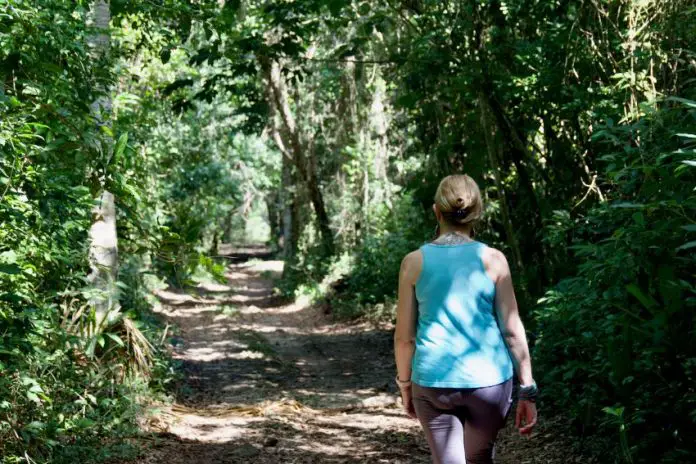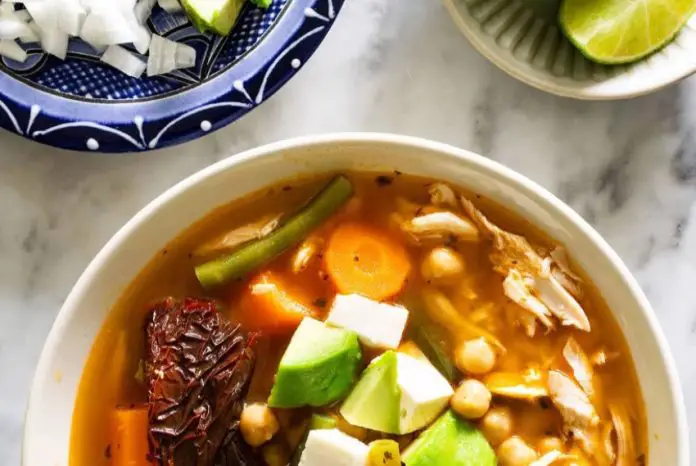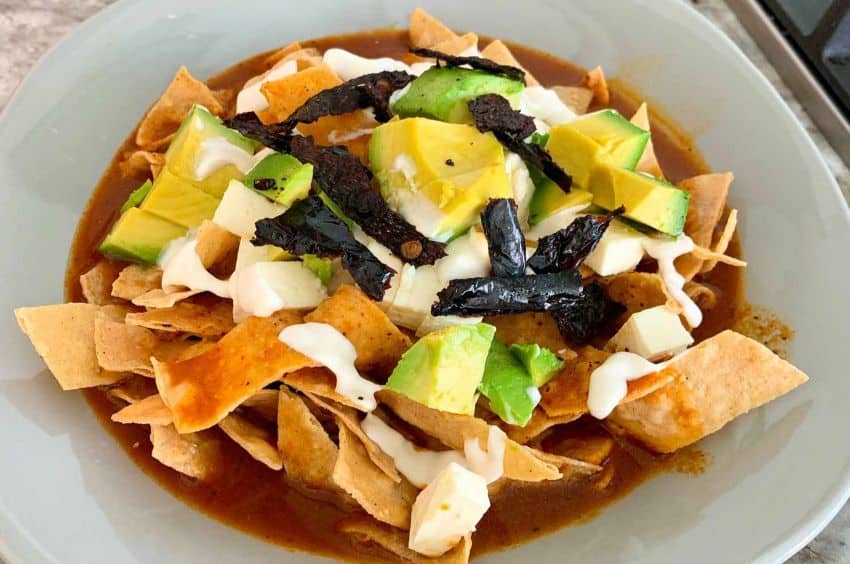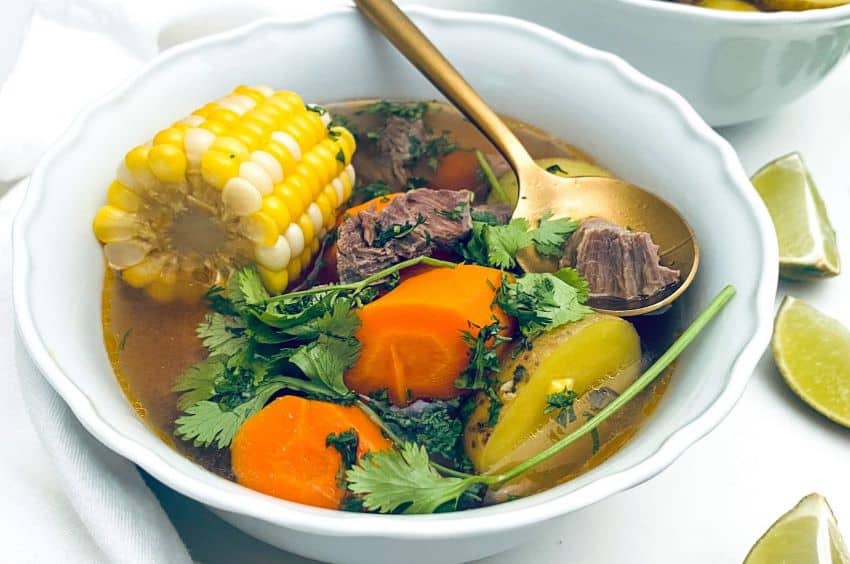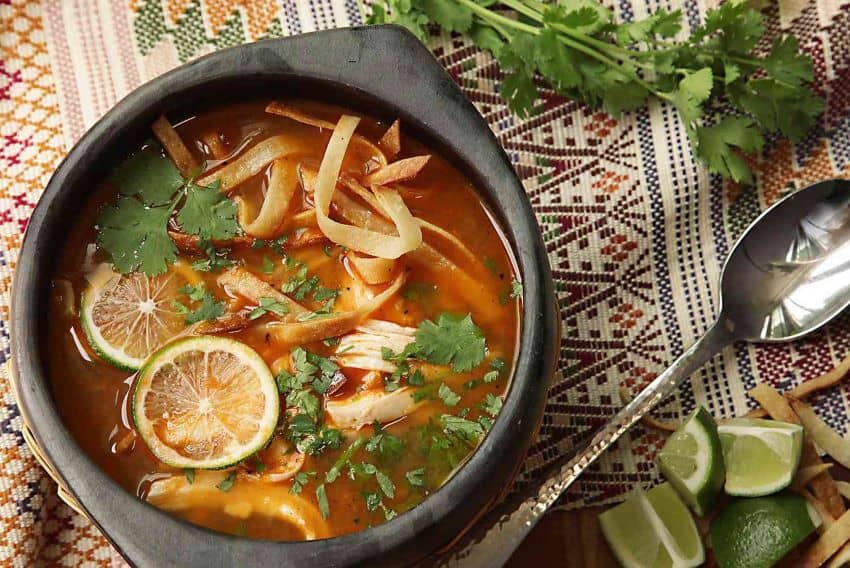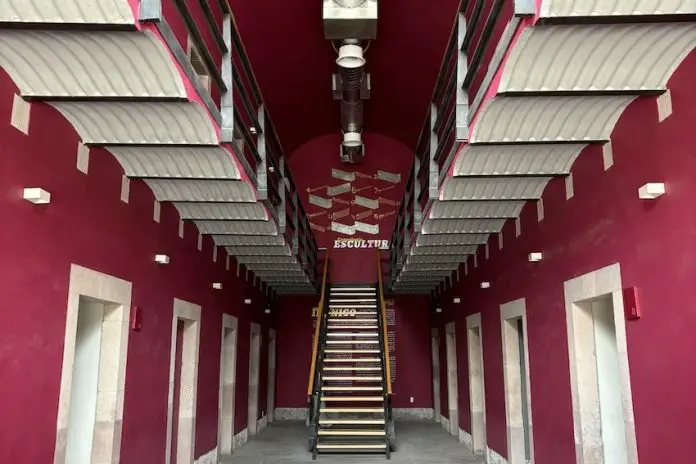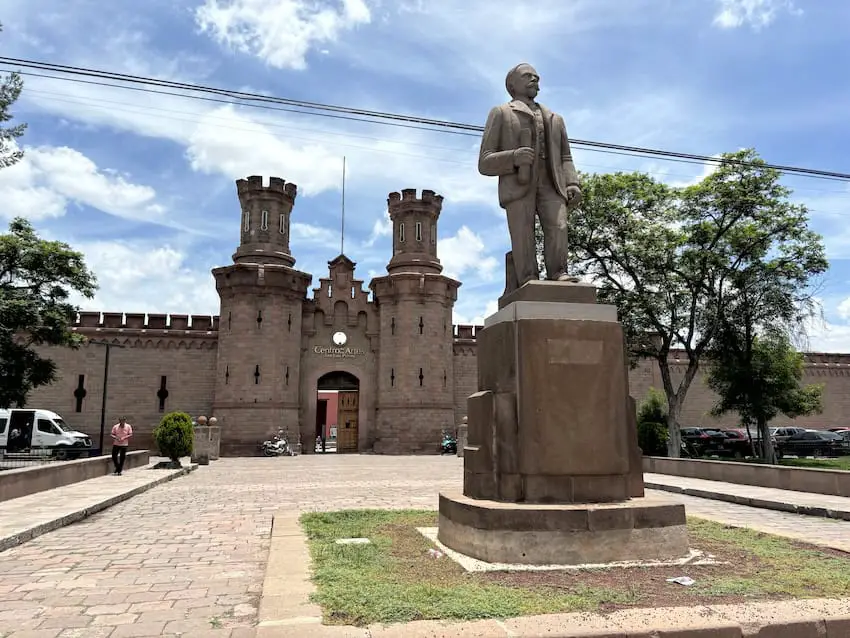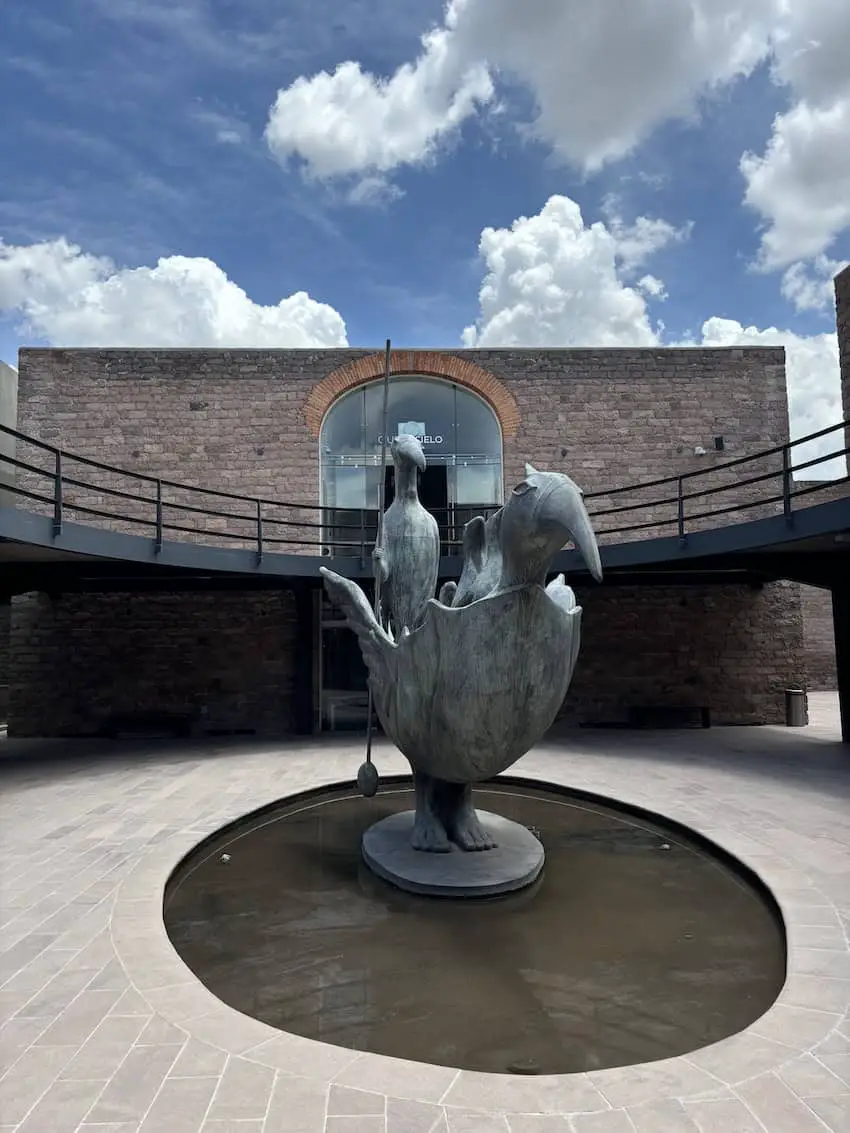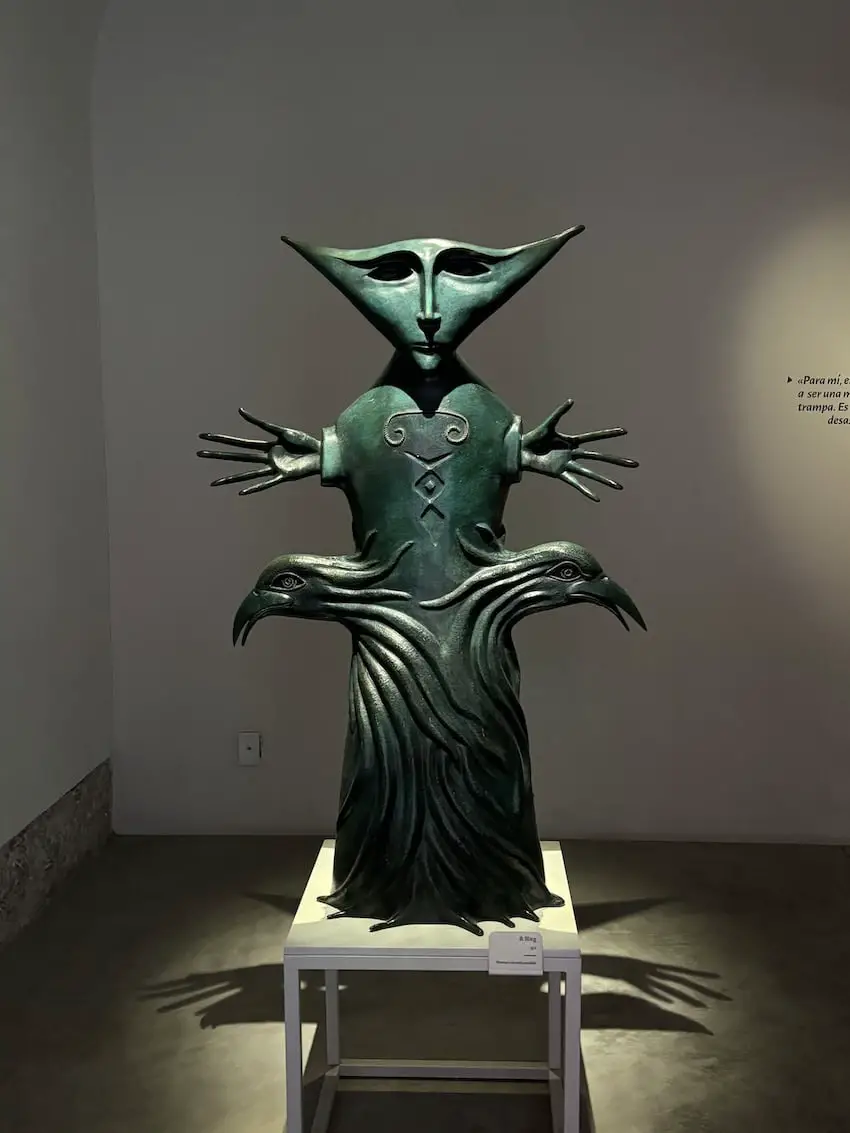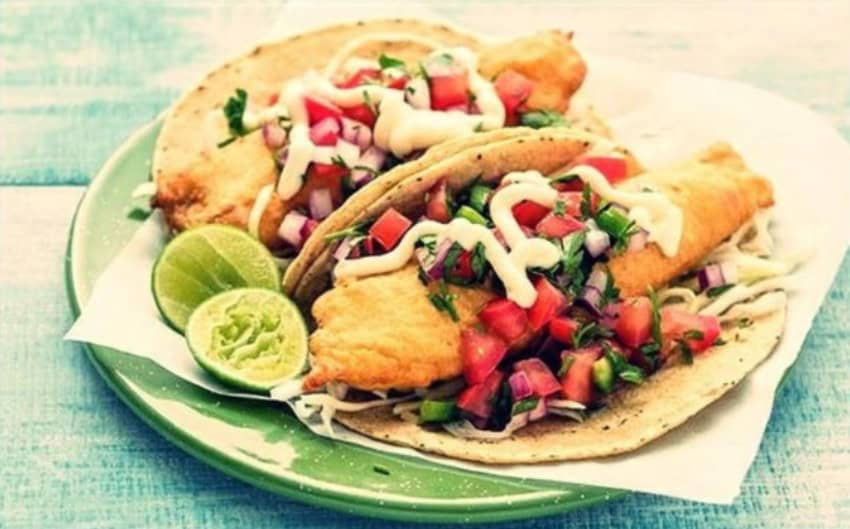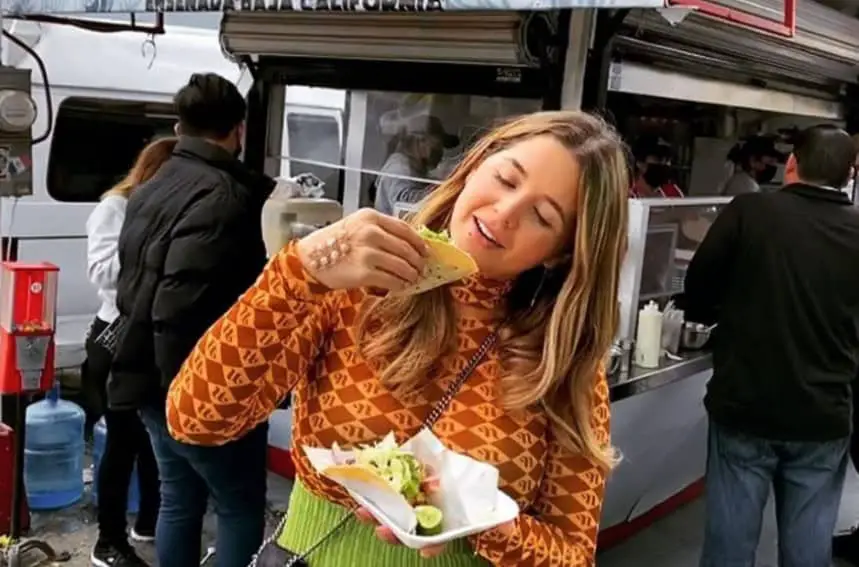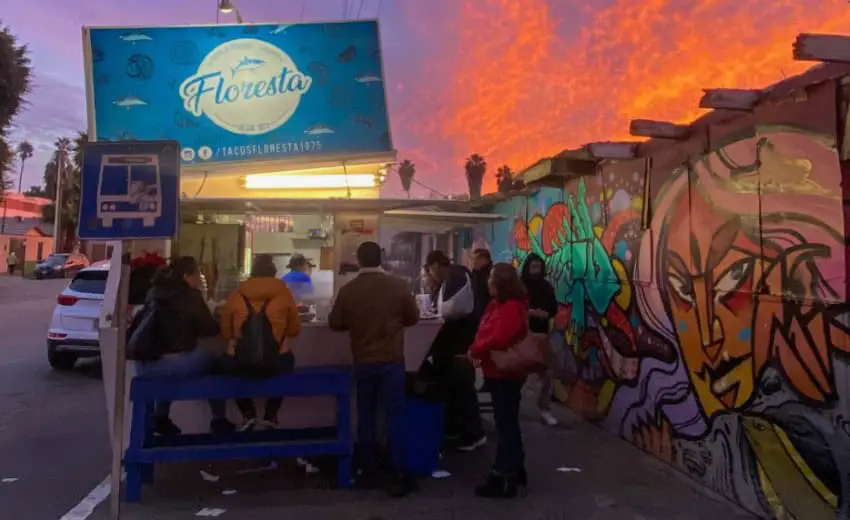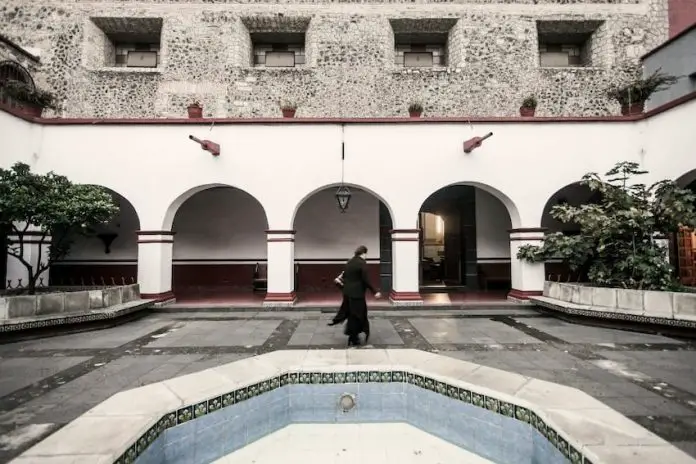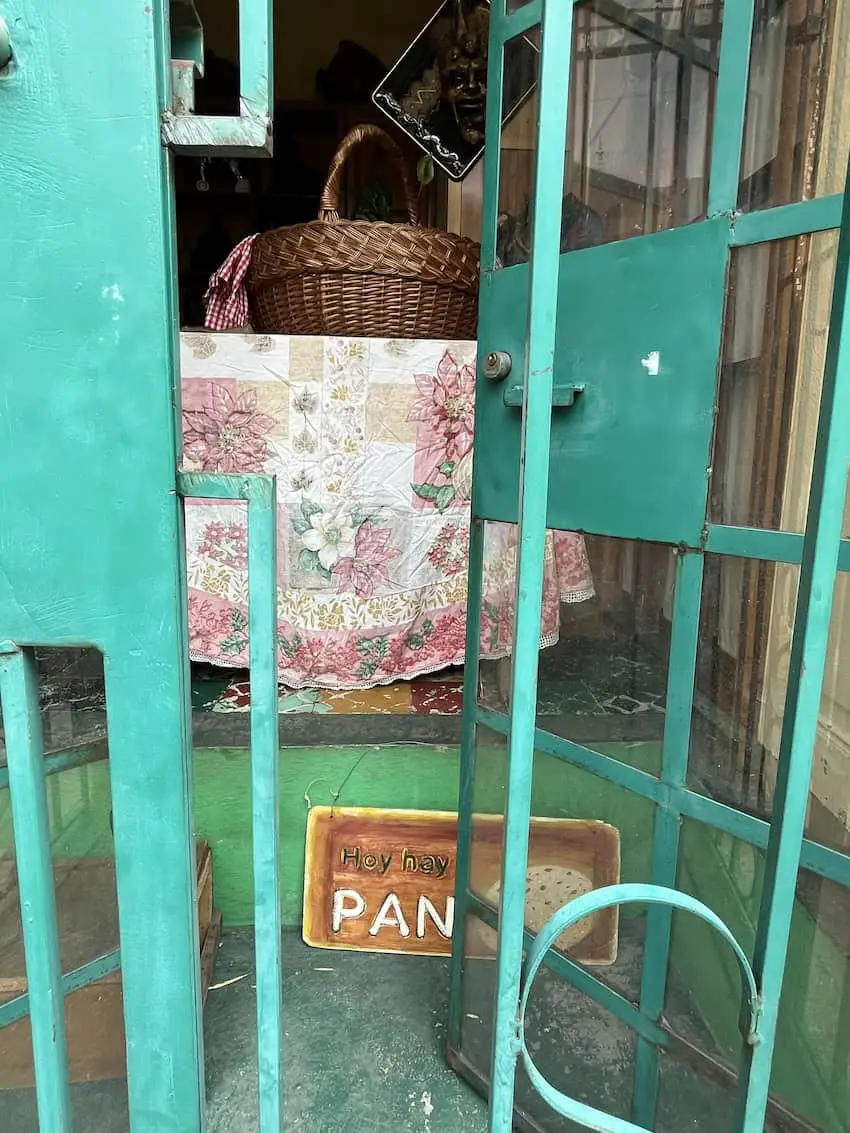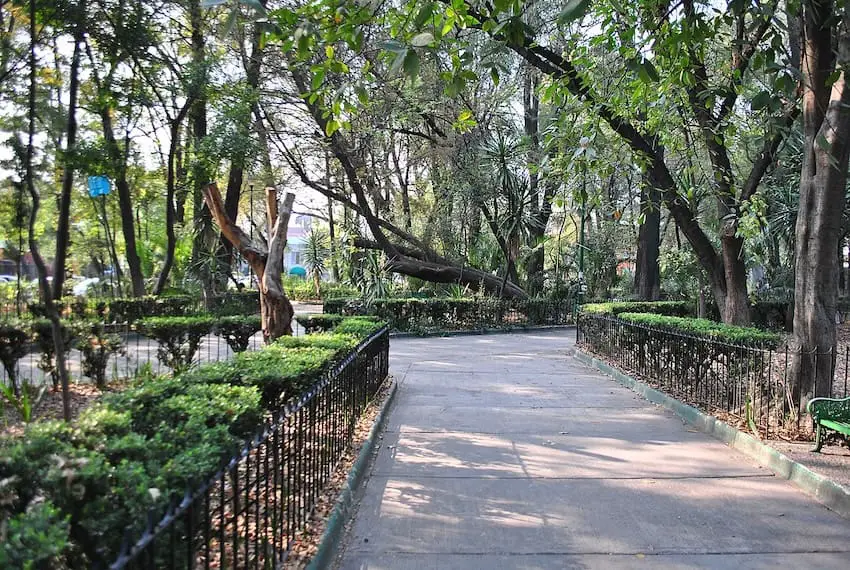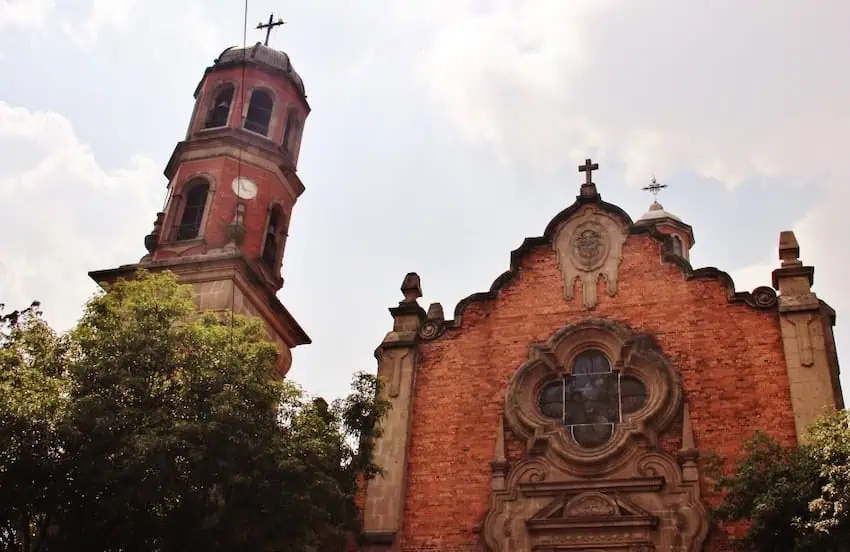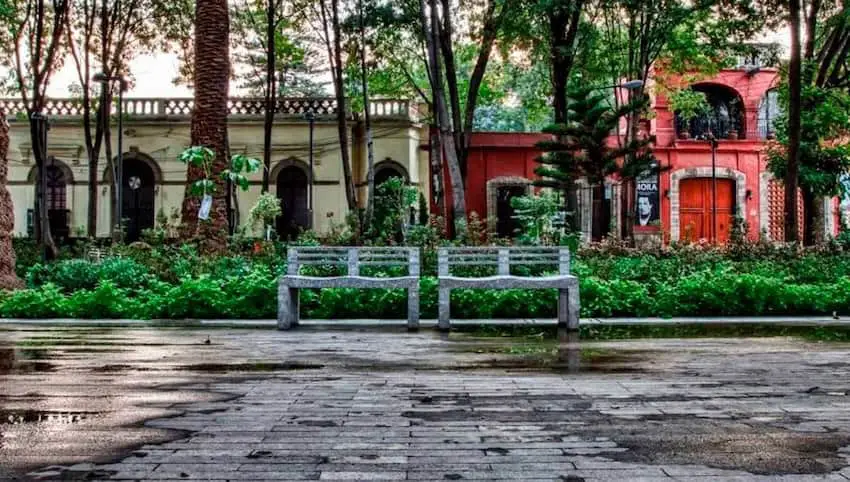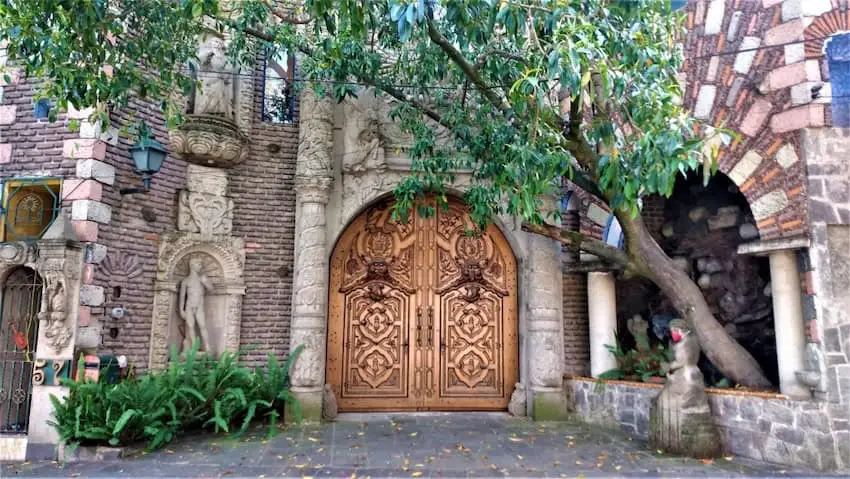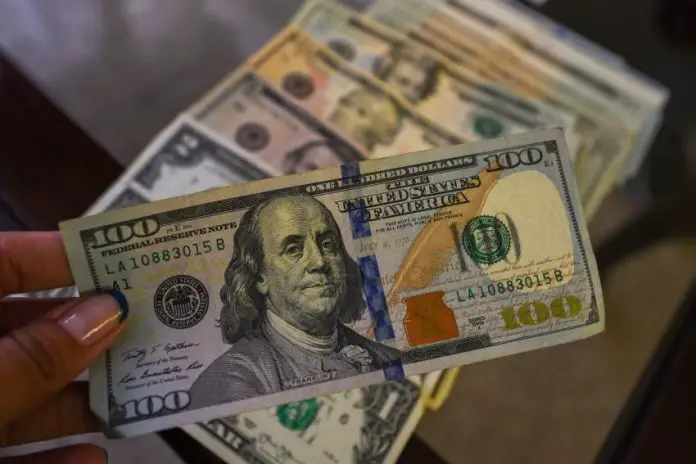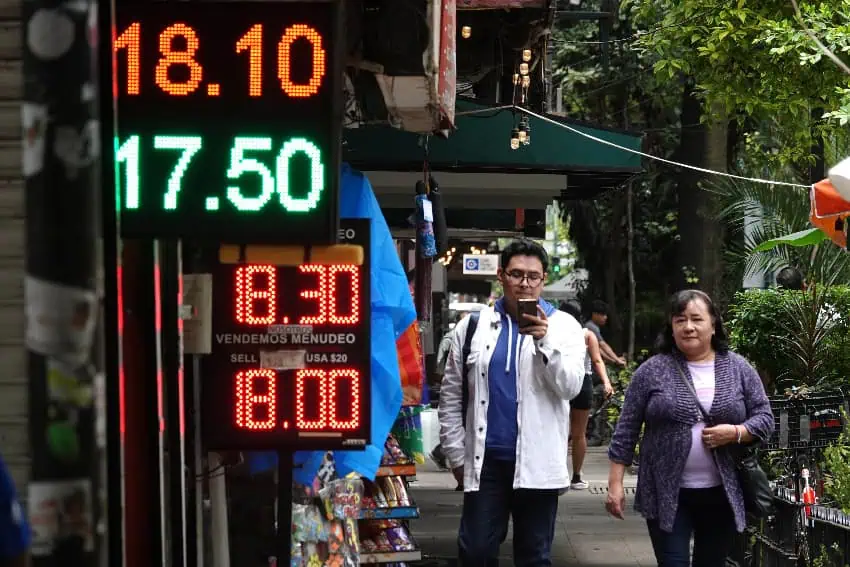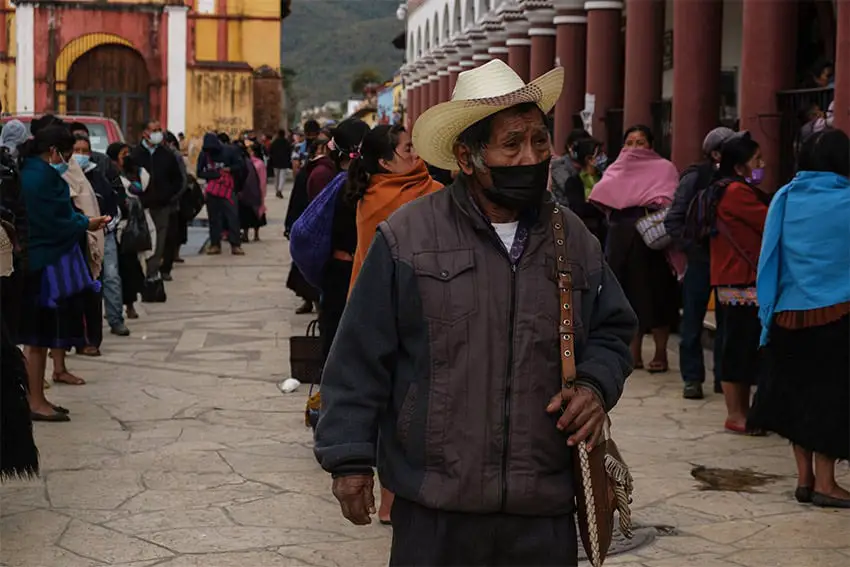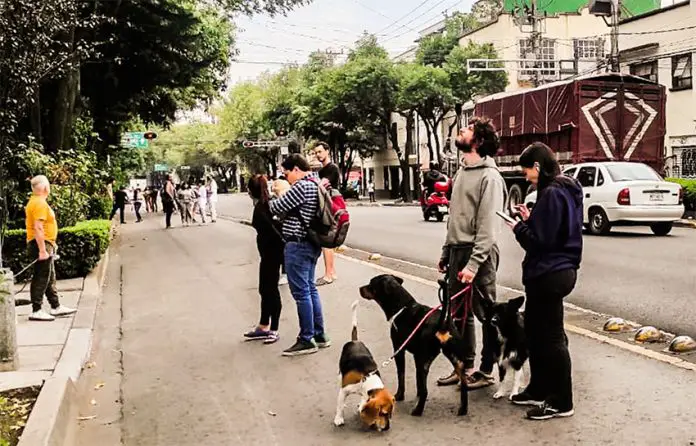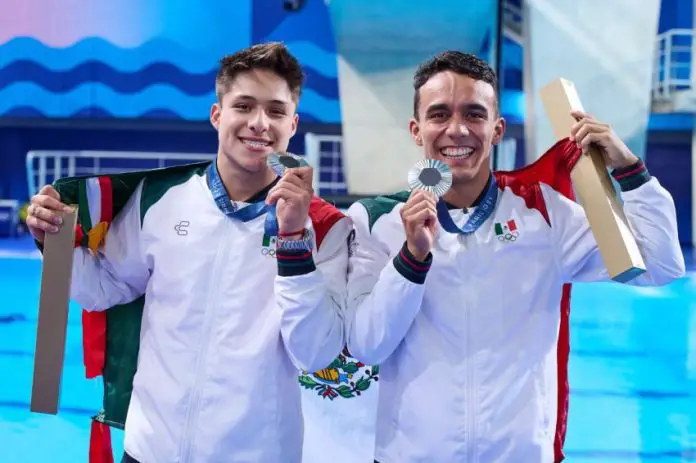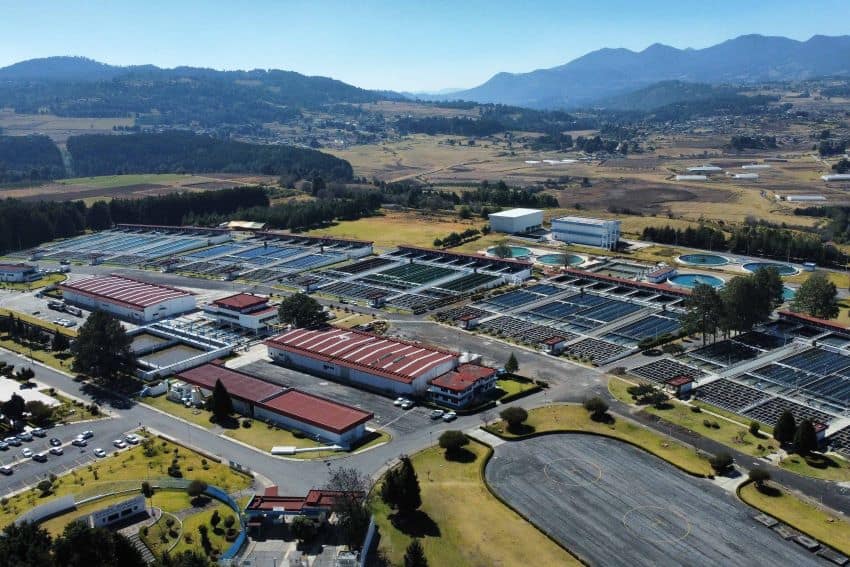When people ask me about fun things to do in Cozumel, I can’t wait to tell them about this tour. The Tree Lovers Tour, with tour guide Tati Biermas, explores the jungle in the heart of the island. Nature walks are an amazing way to connect with the environment around us, and Cozumel is no exception.
They’re often surprised. Cozumel is famous for scuba diving and water sports. So many people forget about the rest of the island. But there is a wealth of wonder when you turn inland.

Is it only trees?
No, it’s more than just that. It’s every layer of the jungle. Discovering native flora and fauna. Butterflies and berries at eye level. Fungi and flowers from the forest floor to the treetops. Plus, orchids and epiphytes on the trunks of trees all the way up into the canopy.
There are edible delights like the Tamarind tree. Covered in graceful orchid-like flowers, the tree seems to hum. Thousands of tiny native stingless bees are busy pollinating. In about six months, there will be thousands of tamarind pods ready for harvest.
An easy walk for all ages
I’ve done this tour twice and can’t wait to go back and do it again soon. Each time, the group has had people all ages and fitness levels, so if you’re worried about the hike — don’t be! The walking tracks are easy and flat. There are no hills to climb or obstacles to scramble over. The worst you’ll see is a larger rock or tree root. But if you watch where you’re going, it’s a very easy, relaxed walk.
This is about taking time to enjoy nature and observe what is around you. Or to stop in awe when an electric blue flash catches your eye. Blue morph butterflies are everywhere, flying across your path in striking contrast to the green hues around you. They are impossible to ignore, and most people excitedly point them out. “Morpho, morpho, morpho” is the most common phrase I hear on these tours.

Some people chase them up the track, trying to get a photo. That’s always fun to watch, as their flight is quite erratic. And that’s okay; we all stop and wait. Trust me, you wouldn’t be the first person to do it, and you won’t be the last. I still find myself doing it every single time!
What animals do you see?
Birds, bugs and beetles. Lizards are lazing on logs, and bees, butterflies and moths are all busy pollinating flowers (plus some unidentifiable creatures that scurry off into the jungle). While they’re mostly gone before you get close enough to see them, I’ve been lucky enough to spot everything from coatis to tiny pigs.
And don’t forget to look down! I almost stumbled over a turtle in a puddle last time.
Flashes of color will catch your eye. Golden yellows and vibrant reds. The sound of birdsong helps Tati guess which birds are nearby. There are shining emeralds on hummingbirds and scarlet wingtips on postman butterflies. Seeing blue morphos is pretty much guaranteed. From the floor to the canopy, the jungle has plenty of wildlife to enjoy.

Learning about the trees
Tati shares the legends, tales, and medicinal uses of plants and trees. She also tells us their Mayan names, stories, and how they are used in the region. A perfect example is the Ceiba. Sacred to the Maya, it’s a symbol of the universe. The tree represents a connection between the underworld, this world and the heavens. Its thorn-covered trunk is very distinctive, so you’ll recognize it quickly.
Or the Shi’ite palm, whose leaves are only gathered at a special time in the moon’s cycle, lasting ten times longer as a thatched roof on the traditional homes which dot the island. Flashes of color will catch your eye throughout the whole tour. Golden yellows and vibrant reds alongside every color of the rainbow.
Tati also explains how some trees are kept alive by others around them. They share a network, passing sugars and food to sustain a fallen tree, helping it survive.
Forest bathing and a refreshing drink
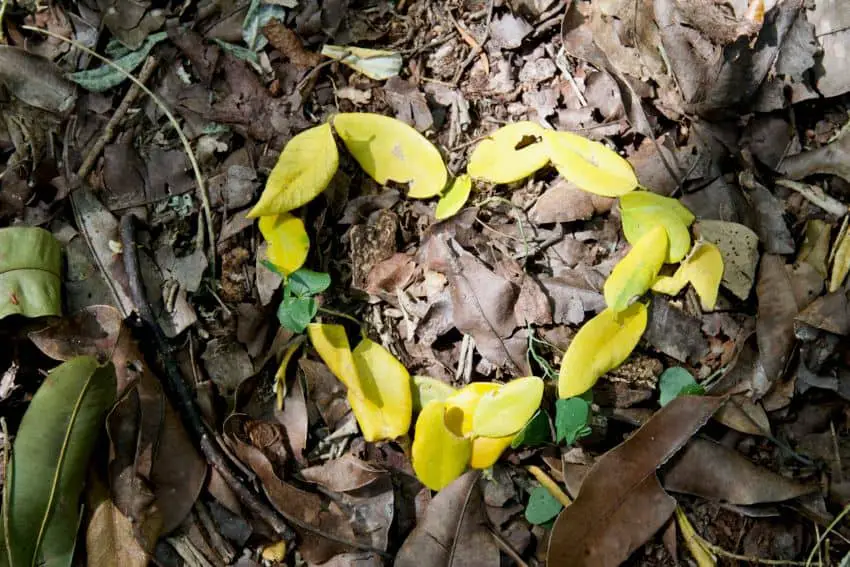
There is a break halfway through. Some time to rest and relax, taking time to immerse yourself in the nature around you. Tati allows this time for forest bathing and meditation. This reduces stress, calms the mind and soaks up the energy of nature.
After a refreshing drink, it’s then time for a nice walk back. The walk ends near the San Gervasio ruins in the heart of Cozumel — another fun thing to explore. This tree tour is one of the top things to do on Cozumel for good reason. I will certainly be doing plenty more in future.
Mexico Correspondent for International Living, Bel is an experienced writer, author, photographer and videographer with 500+ articles published both in print and across digital platforms. Living in the Mexican Caribbean for over 7 years now she’s in love with Mexico and has no plans to go anywhere anytime soon.
